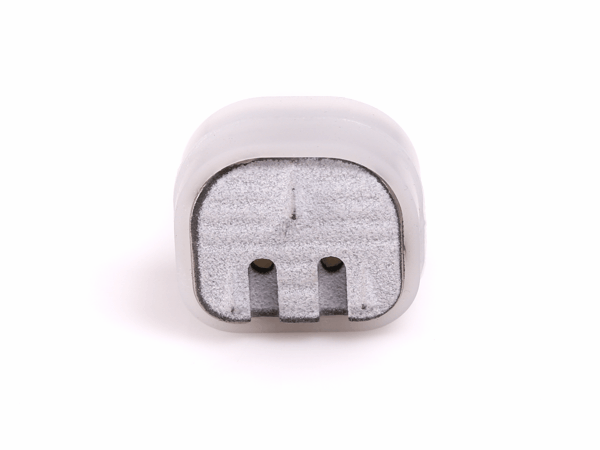
Cervical Arthroplasty
In these cases, after discectomy and decompression, instead of implanting a fixed plate and cage to maintain the intervertebral disc space, an artificial disc is implanted which maintains both the intervertebral space and mobility. This modern method requires special training and familiarization with the necessary surgical instruments, but has the advantage that the maintenance of movement lessens the loads on adjacent discs in the long-term, which loads in the case of cage fixation are significantly increased because the center of movement is transferred to the adjacent disc. Depending on the ability of the surgeon discoplasty can be applied even in more complex cases in selected patients. It is then combined with the placement of fixed cages in adjacent intervals, to achieve greater decompression and restoration of the anatomy of the cervical spine.
Replacement of intervertebral discs with artificial discs is called discoplasty and is designed to maintain mobility of the cervical spine and to avoid shifting of loads to adjacent discs. Discoplasty is not a technique that can be applied to all patients who undergo cervical microsurgical discectomy. Discoplasty can be applied in cases where the degenerative lesions of the level are not especially severe and there is no mechanical instability (spondylolisthesis) and the neurosurgeon wants to maintain the motion at this level.
With the development of implants a permanent solution has been provided for the unwanted creation of osteophytes which up until now were a common finding in postoperative follow-up of cases treated with spinal fusion performed with fixed cages and plate.
This method allows the elimination of the danger of pressure being placed on the neural structures of the surgically treated level by the formation of osteophytes. Therefore the artificial disc gives a final and permanent solution without presenting this risk.
